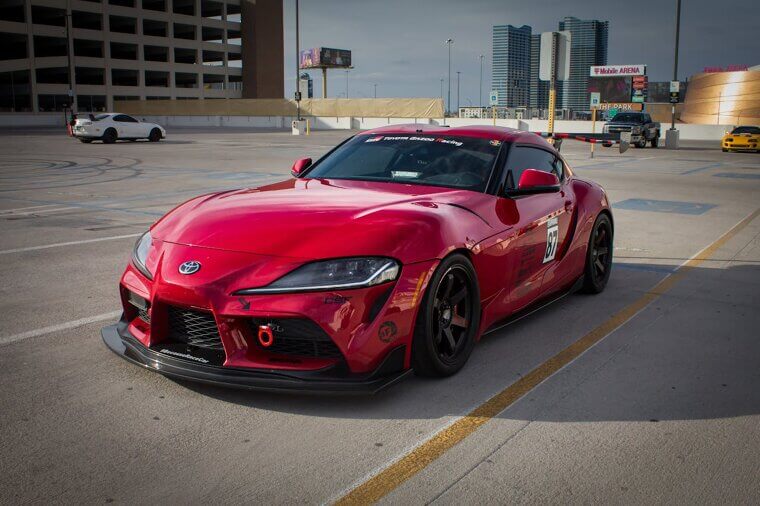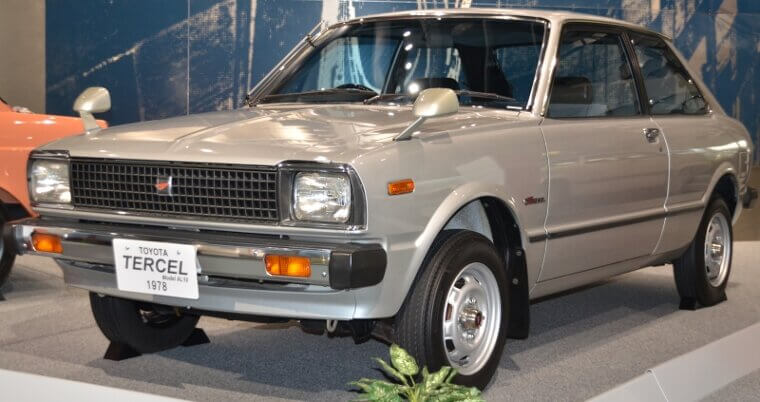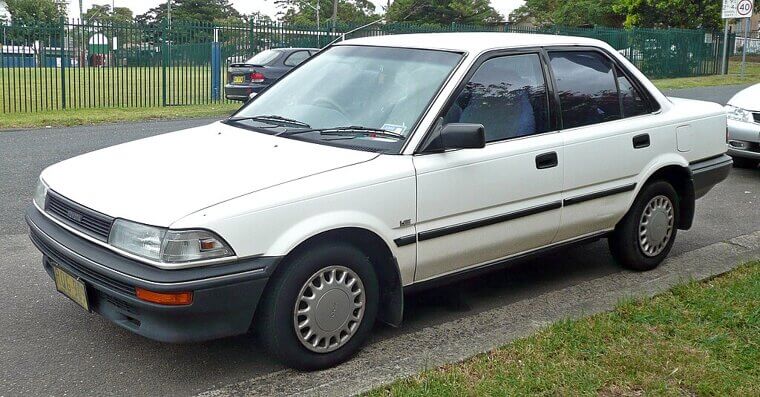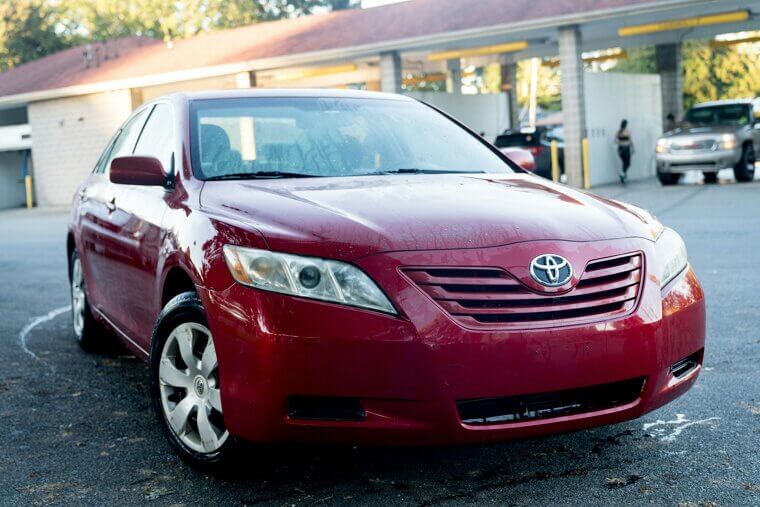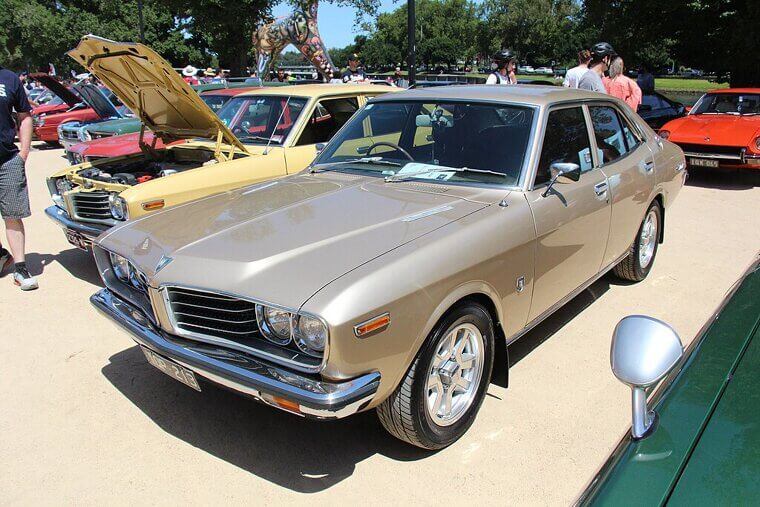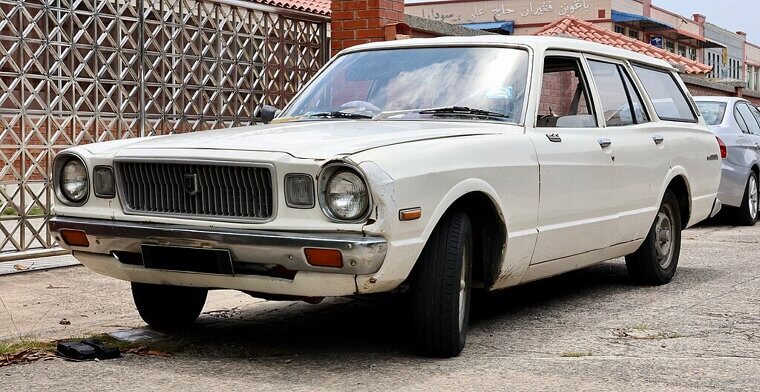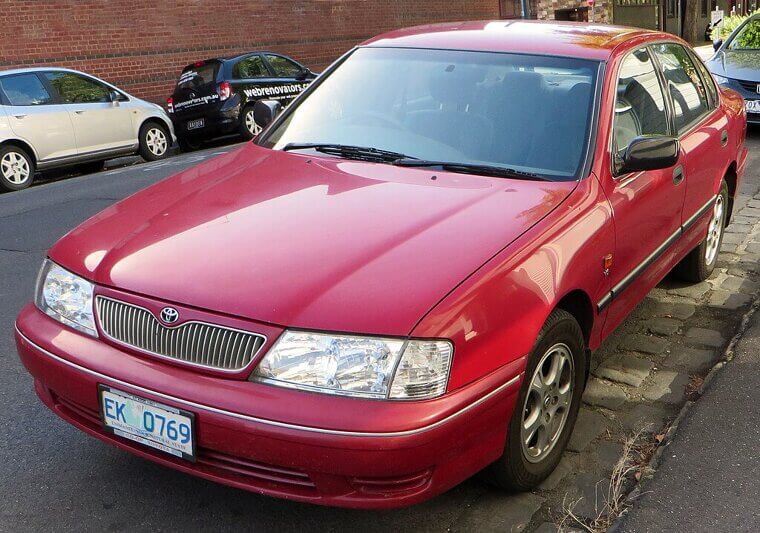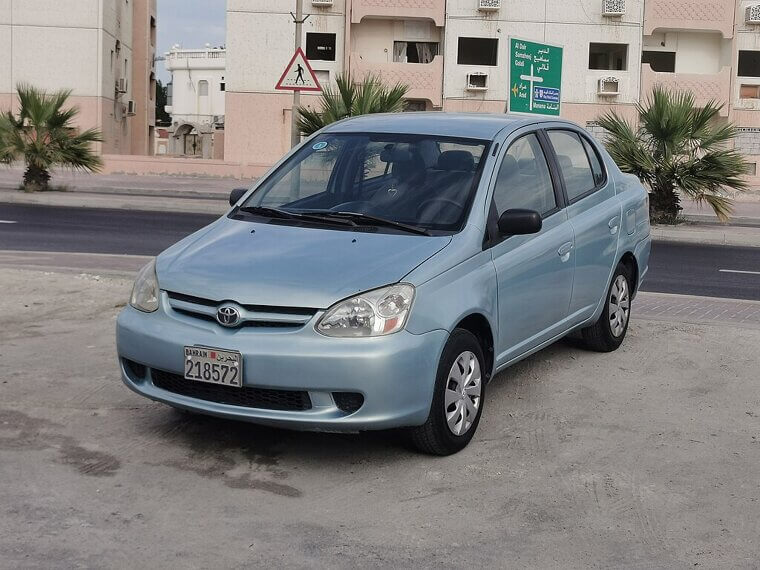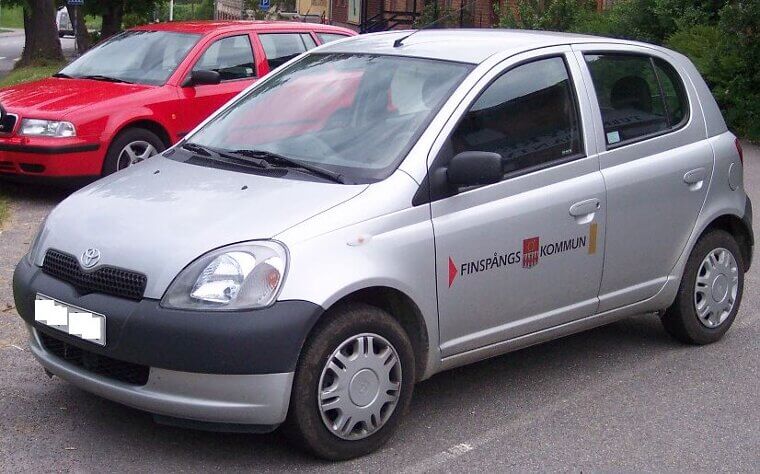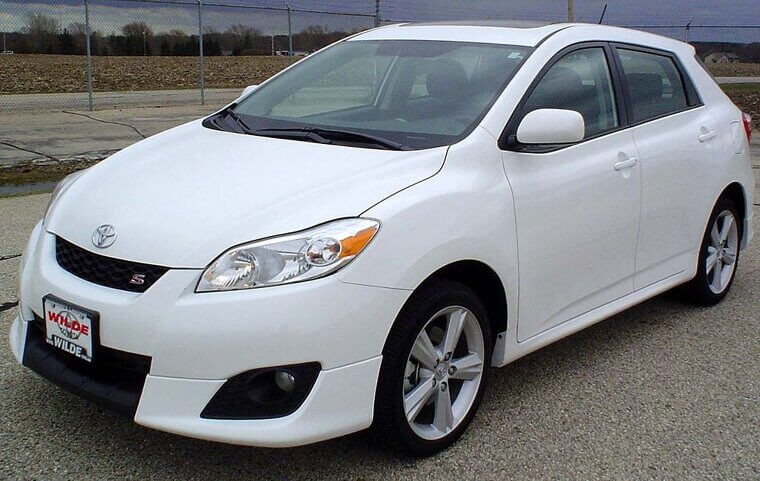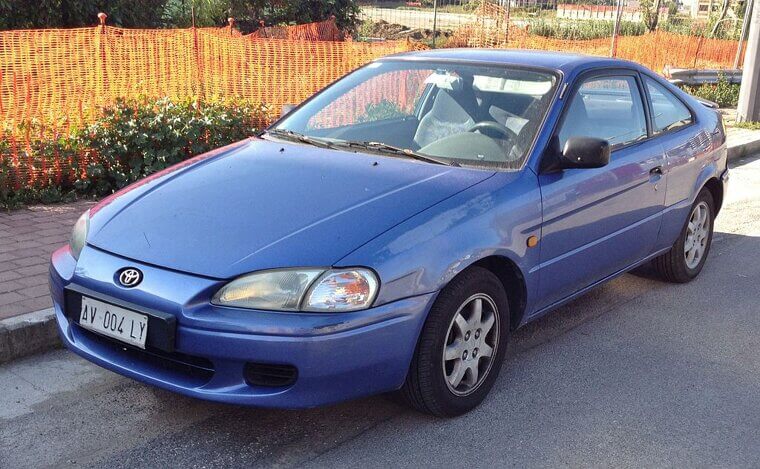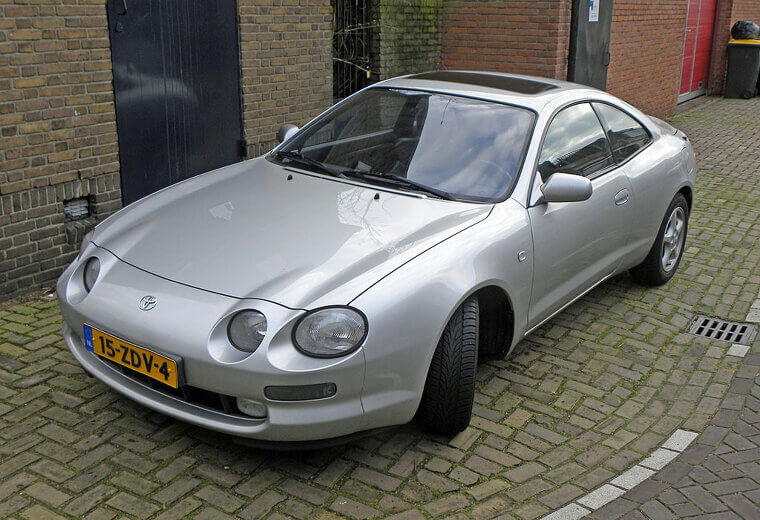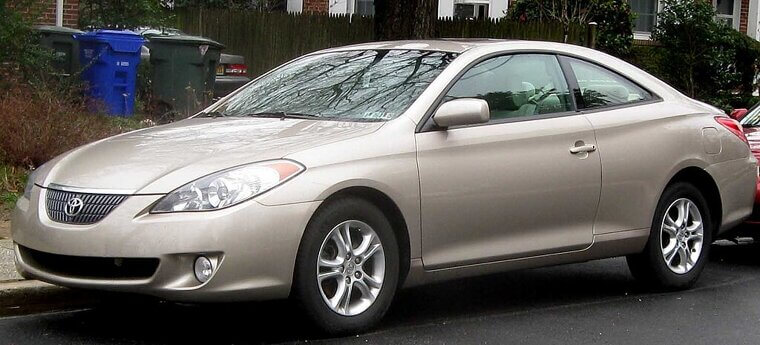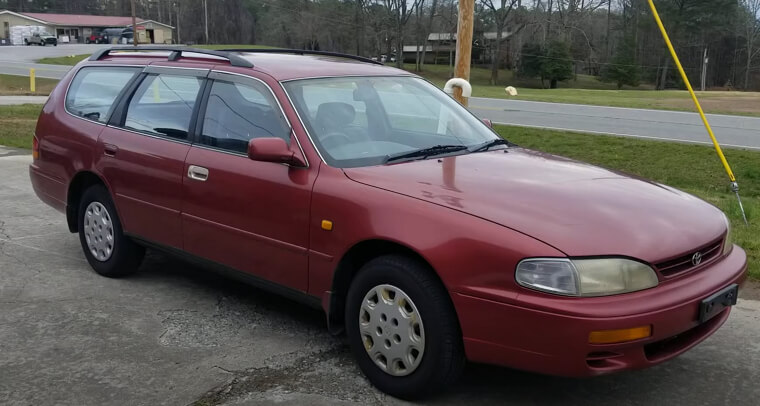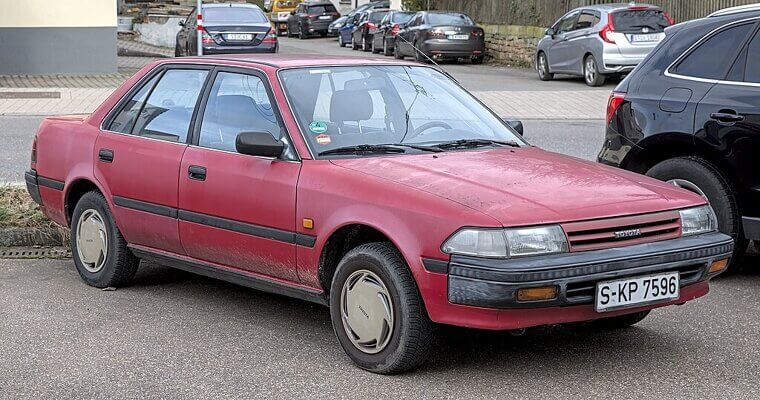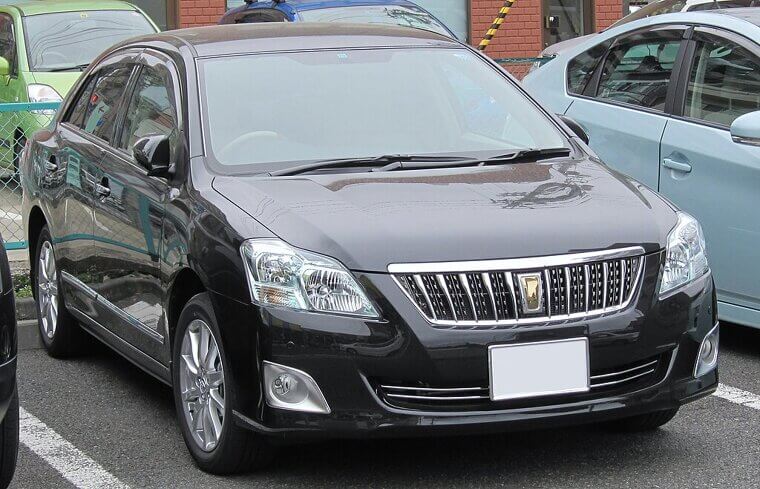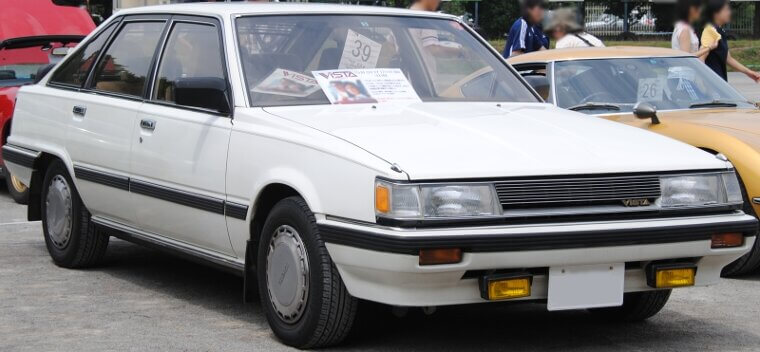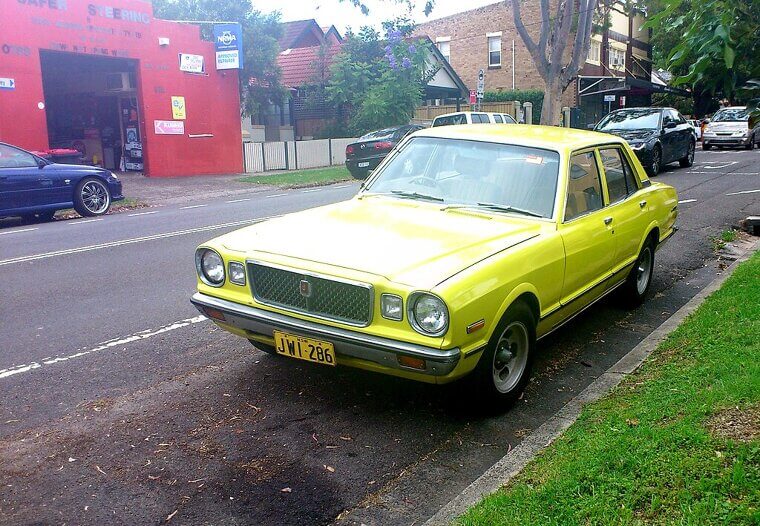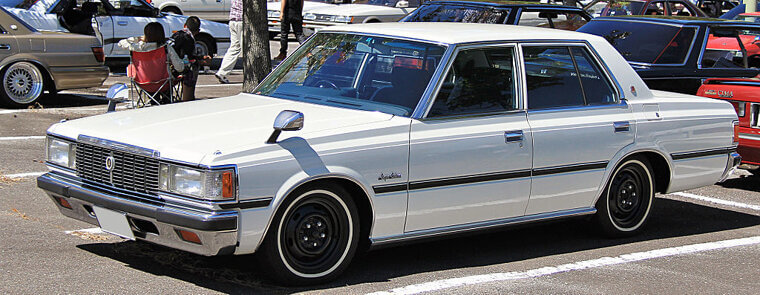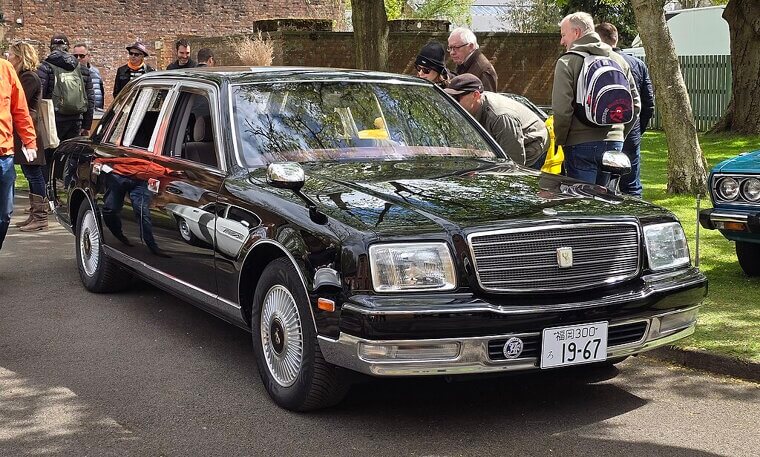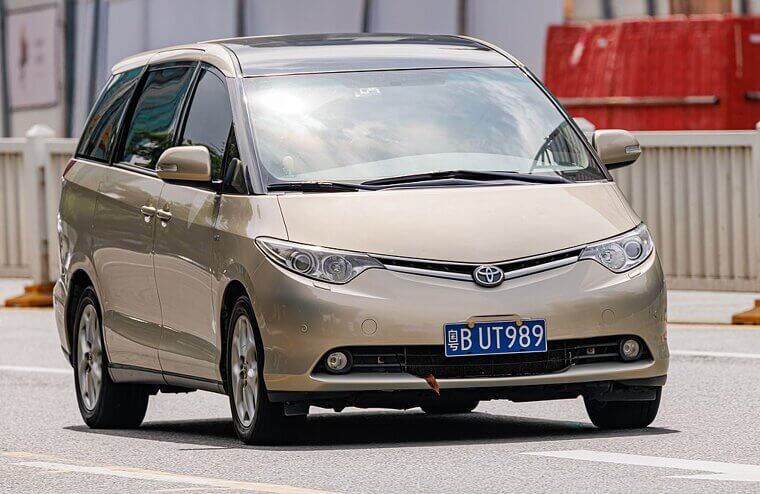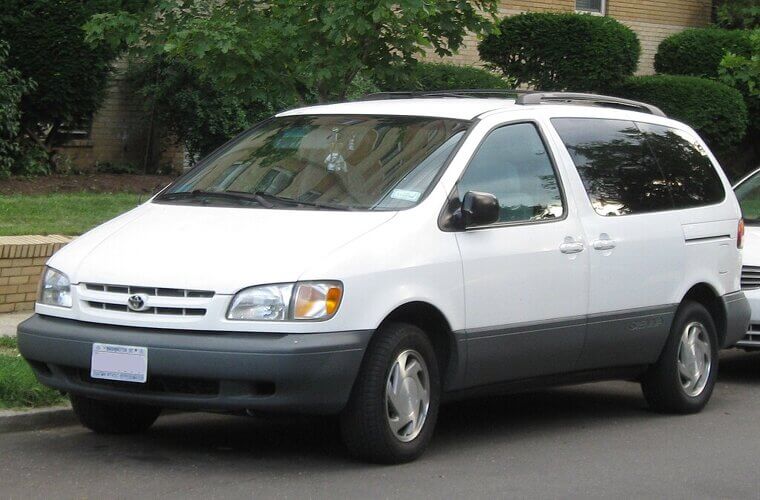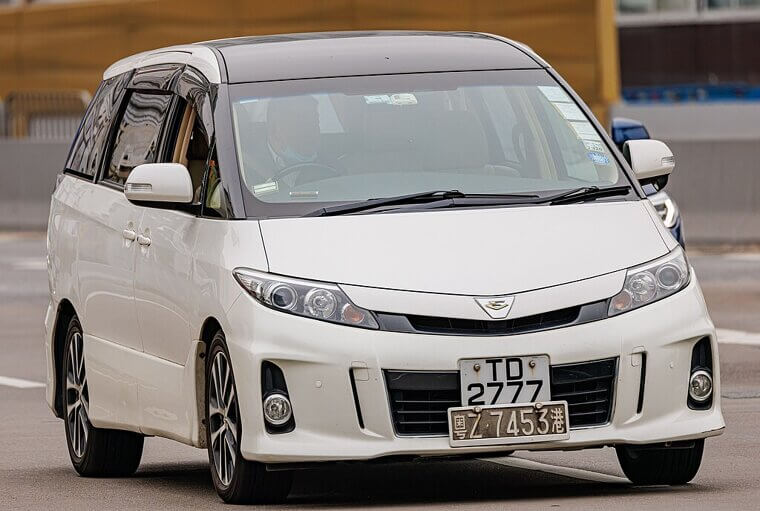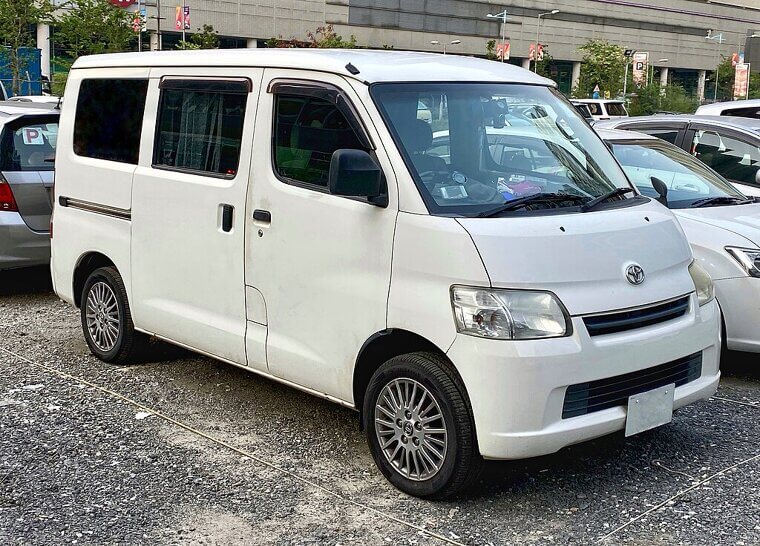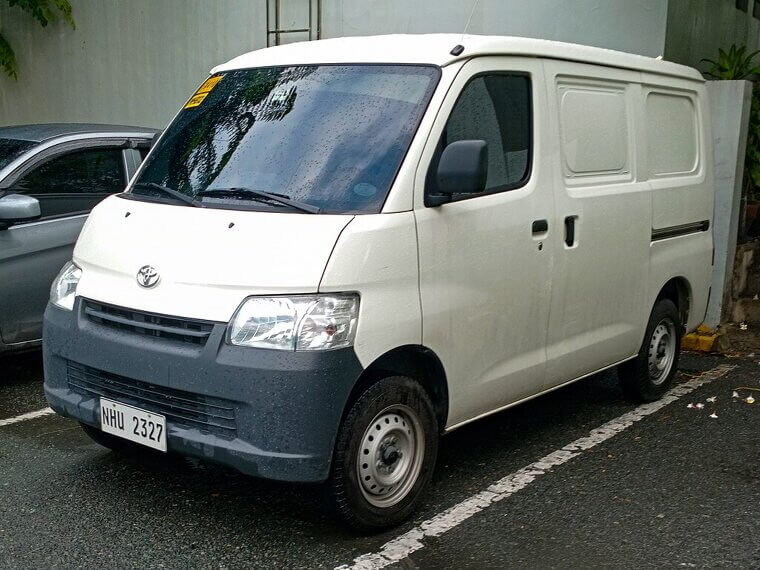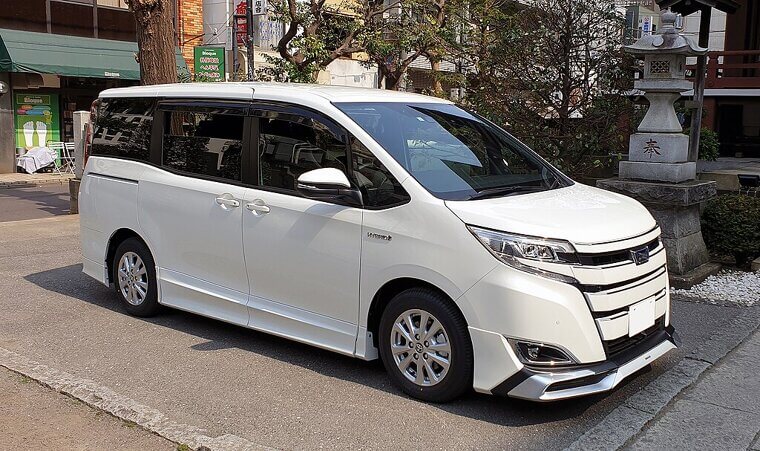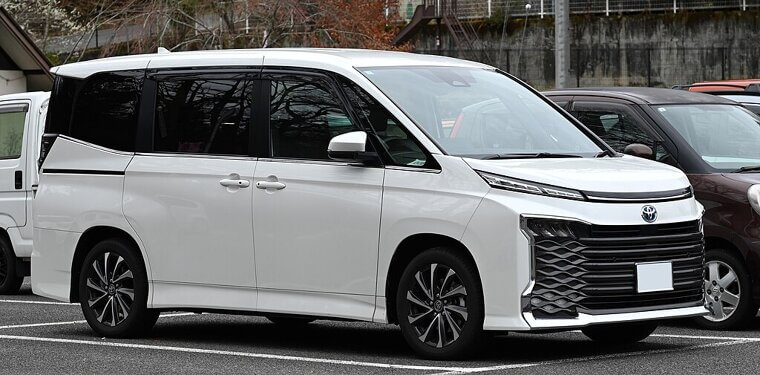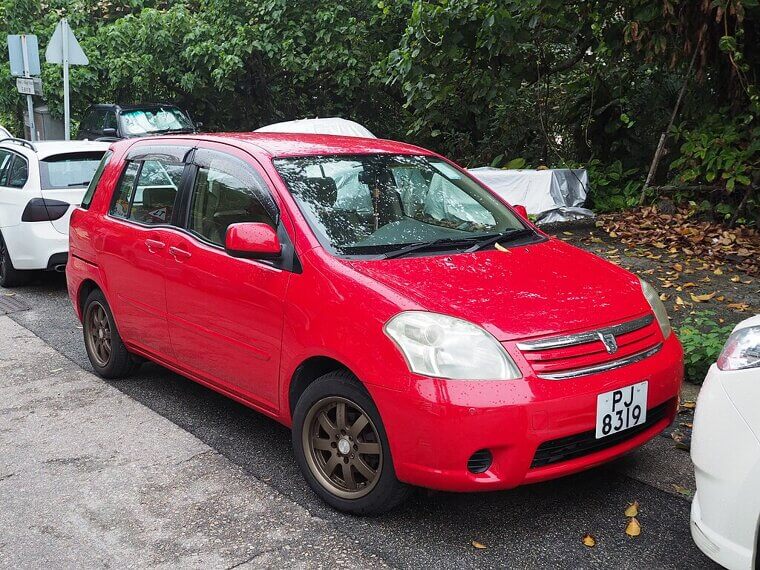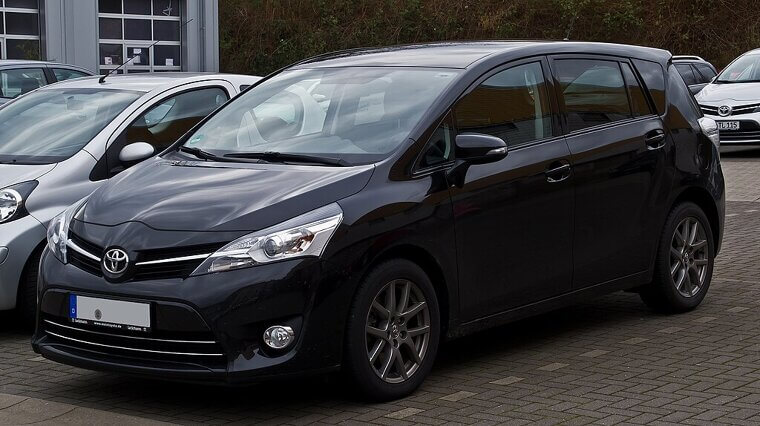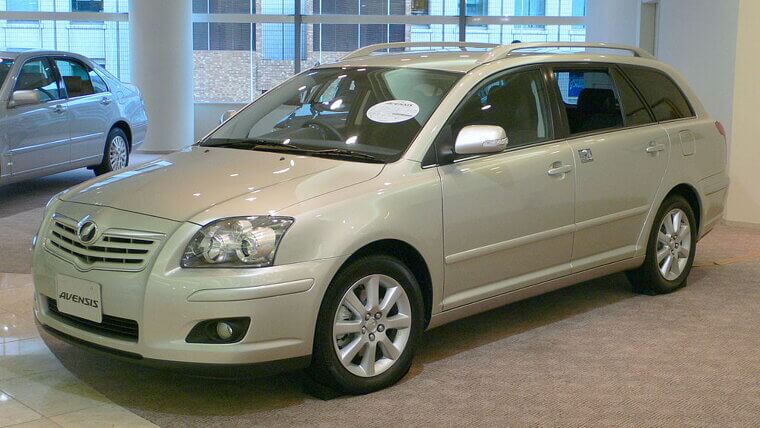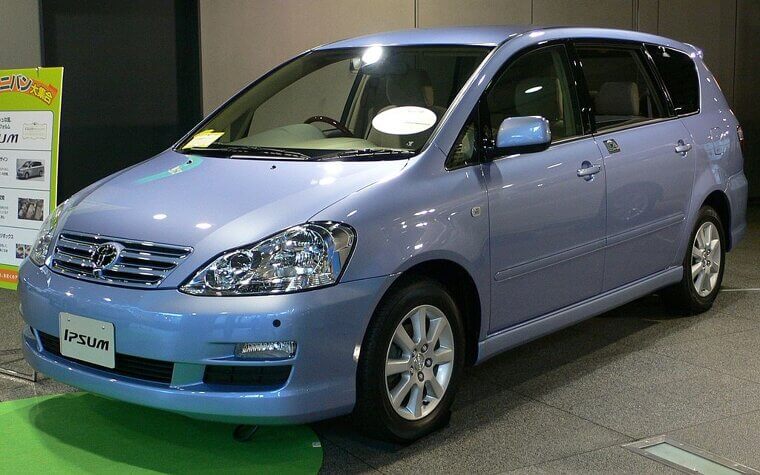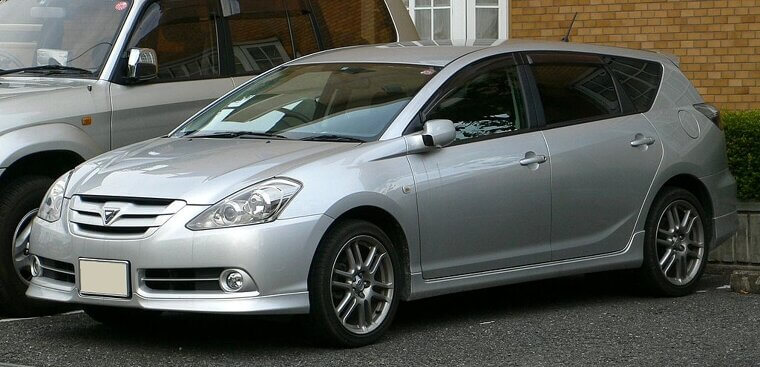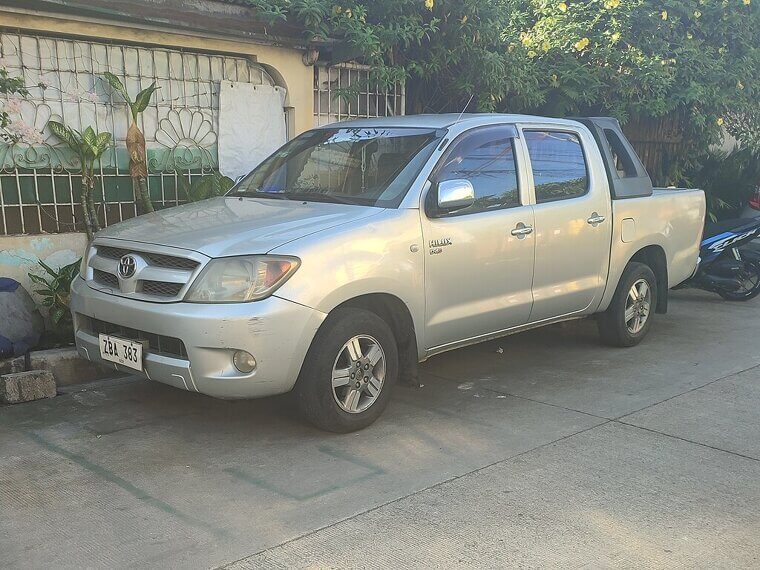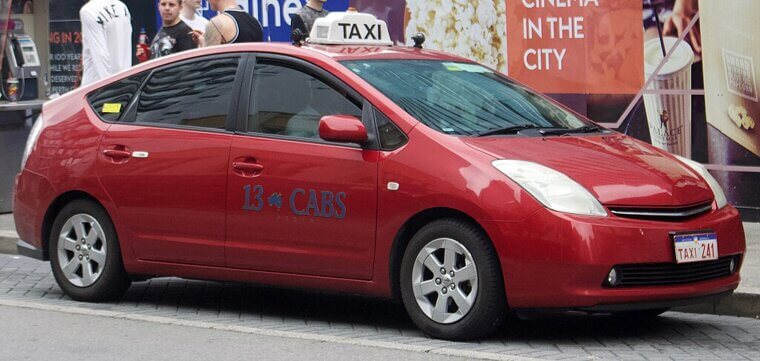Toyota Supra (1992–2002, Base NA Versions)
The turbo Supras were legends; the naturally aspirated ones were roommates to legends. Same looks, half the excitement. They drove fine, but compared to their boosted siblings they felt neutered. Owning a base Supra was like buying tickets to a rock concert, but you’re seated in the room next door.
Toyota Tercel (1978–1999)
The Tercel was dependable, cheap, and utterly unremarkable. It got you from A to B, but never to C - because C stood for “charisma,” and it had none. Toyota sold tons to budget buyers and first-time drivers, but it’s remembered more as background scenery in ’80s movies.
Toyota Corolla (1990–1997, 7th Gen)
The Corolla perfected the art of being invisible. This generation was so beige - literally and spiritually - that neighbors often forgot you owned one. It was reliable, but exciting? Not even once. It was the vehicular equivalent of plain toast: filling, dependable, and instantly forgettable.
Toyota Camry (1997–2001, XV20)
This Camry wasn’t a car, it was an appliance. Quiet, smooth, and utterly unthrilling, it became the sedan of choice for people who valued reliability over literally everything else. It was great at not breaking down, but terrible at sparking joy.
Toyota Corona (1957–2001, Various Gens)
The Corona soldiered on for decades as the Corolla’s awkward older sibling. It was reliable, affordable, and about as exciting as watching wallpaper dry. By the ’90s, the name didn’t help either. Dependable but boring, history doesn’t remember it fondly.
Toyota Cressida (1976–1992)
Toyota’s luxury sedan before Lexus existed. Sounds glamorous, right? Wrong. The Cressida had smooth engines and plush seats, but styling so bland you’d lose it in your own driveway. It was comfy, yes, but charisma-free. You bought it for quiet dignity with zero chance of turning heads.
Toyota Avalon (1994–present, Esp. 1st & 2nd Gens)
Think of the Avalon as a Camry that ate too much at Thanksgiving. Big, soft, and safe, but also comically boring. It was Toyota’s idea of luxury before they remembered Lexus was a thing. Every drive felt like a nap with seatbelts.
Toyota Echo (1999–2005)
The Echo was Toyota’s attempt at quirky economy, but it landed squarely in “awkward.” Tall, goofy proportions made it look like a clown car on stilts. It sipped fuel, but so does walking. Cheap interior plastics sealed its fate as forgettable.
Toyota Yaris (2005–2020, US)
The Yaris was thrifty, tiny, and as thrilling as watching grass grow. Toyota’s pitch was “affordable urban runabout.” In reality, it was a slow, noisy tin can with the personality of a calculator. Sure, it was reliable, but excitement was never on the menu.
Toyota Matrix (2002–2014)
A Corolla in hatchback cosplay, the Matrix was practical, versatile, and utterly bland. It was perfect for hauling groceries, not for inspiring passion. Even its “sportier” trims felt like a Corolla impersonation. People who bought them usually kept them forever (out of duty, not devotion).
Toyota Paseo (1991–1999)
Toyota called the Paseo a sporty coupe. They were wrong. It had two doors and slightly sleeker lines, but the engines were straight from economy land. Slow, forgettable, and lacking flair, it looked like it should be fun but wasn’t. It was a Corolla wearing sunglasses.
Toyota Celica (1994–1999, 6th Gen)
Earlier Celicas had charm; the 6th-gen mostly had curves and complaints. Styling grew awkward, performance dipped, and the excitement that once defined the name went missing. It wasn’t terrible, it was just… there, remembered mostly as the “Celica phase” Toyota fans politely gloss over.
Toyota Solara (1999–2008)
A Camry in disguise, the Solara tried to convince buyers that lopping off two doors (or the roof) made it sporty. It didn’t. It drove like the Camry it was, only less practical. Its biggest fans were retirees craving sunshine without thrills and naps at stoplights.
Toyota Scepter (1992–1996, Japan/overseas)
Essentially a Camry with a passport, the Scepter proved that blandness translates across borders. Its styling was conservative to the point of invisibility, and performance was so middle-of-the-road it felt like a diplomatic exercise. It was reliable, but only exciting if beige paint samples make your pulse race.
Toyota Carina (1970–2001, Overseas)
The Carina spent decades as Toyota’s forgotten middle child, slotting between Corolla and Corona but standing out as neither. It sold decently abroad but rarely inspired loyalty. Driving one was like drinking decaf coffee: technically serviceable, but lacking kick.
Toyota Allion (2001–2021, Japan)
The Allion was designed for conservative buyers who thought the Corolla was too flashy. Its styling was tidy, interiors sensible, and performance utterly sedate. It sold in decent numbers to cautious families but never thrilled anyone.
Toyota Premio (2001–2021, Japan)
The Premio was the Allion’s sibling, but somehow managed to be even more subdued. It looked polite, drove politely, and blended perfectly into commuter traffic. Buyers praised its reliability and comfort, but no one ever bragged about owning one.
Toyota Vista (1982–2003, Japan)
A Camry by another name, the Vista was equally exciting - which is to say, not at all. Toyota positioned it as a domestic market twin, but the differences were paper-thin. Driving one was a reliable but soulless experience, like riding in an automated shuttle.
Toyota Mark II (1968–2004, Non-Sport Trims)
The Mark II spawned performance legends like the Chaser, but the standard trims were as exciting as office furniture. Comfortable? Yes. Reliable? Absolutely. Memorable? Not in the slightest. For every enthusiast drooling over a turbocharged JZX, there were countless Mark IIs quietly ferrying groceries at a snail’s pace.
Toyota Crown (1983–1991, S120/S130 in Export Markets)
The Crown oozed dignity, but excitement was nowhere in the royal bloodline. It was Toyota’s flagship before Lexus, built to chauffeur businessmen in quiet comfort - refined, smooth, and utterly dull. Its mission was to not be exciting, and in that it excelled.
Toyota Century (1967–present, 1st Gen)
Japan’s answer to the Rolls-Royce (but without the flair), the Century was luxurious, but in the most understated way possible. V8 engines whispered rather than roared, and its styling barely changed for decades. Owning one was about status through restraint.
Toyota Previa (1990–1997, US)
The “egg van” has a quirky mid-engine layout, jellybean shape, and just enough weirdness to confuse Americans, yet its driving excitement was nil. The Previa’s charm was in being odd but relentlessly practical. It was a science project with sliding doors, best remembered as the spaceship minivan soccer moms didn’t ask for.
Toyota Sienna (1997–present, Esp. 1st & 2nd Gens)
Toyota’s most committed effort to anesthetize driving. The Sienna was safe, spacious, and comfortable, but about as thrilling as folding laundry. The first two generations existed purely to move families without a shred of joy.
Toyota Estima (1990–2019, Overseas Previa)
The Estima was Previa by another name, stretched over decades. It grew sleeker, but never less dull. Markets abroad got used to its featureless reliability, but rarely passion. It was the perfect car for people who wanted to forget they even owned a car (until the fuel light blinked).
Toyota TownAce (1976–2007, Vans)
The TownAce was a box on wheels, hauling cargo and families with equal lack of drama. It had sliding doors, square lines, and the personality of a waiting room. The fact that it lasted decades proves how dependable it was, but no one ever wrote a song about one.
Toyota LiteAce (1970–2007)
The LiteAce was the TownAce’s smaller sibling, offering all the same boxy charm with even less power. It could carry kids, groceries, or farm equipment, just not swiftly. Toyota clearly thought, “What if we made vanilla… but lighter?” And voilà, the LiteAce.
Toyota Noah (2001–present, Japan)
The Noah is the minivan distilled into its purest form: practical, square, and so inoffensive it’s practically invisible. It exists to shuttle families around Tokyo without drawing attention. In Japan, it’s everywhere; in enthusiast circles, it’s nowhere. A biblical name was wasted on a car you’ll forget before parking it.
Toyota Voxy (2001–present, Japan)
The Voxy - Noah’s sibling - tried adding edgier styling; “try” being the operative word. Still a minivan, still practical, still dull. Its name promised personality, but what you got was another shoebox on wheels. Owning one is like eating plain crackers from a slightly more colorful box.
Toyota Raum (1997–2011, Japan)
A compact hatch/MPV hybrid that Toyota swore was innovative, instead, the Raum looked like a shrunken bread loaf. Sliding doors gave it some quirk, but performance and style were nowhere to be found. “Raum” means “space” in German, which makes sense - it was more void than vehicle.
Toyota Verso (2009–2018, Europe)
Toyota’s attempt at a European compact MPV. It had practicality by the bushel but style and performance were absent. Families bought them grudgingly, like medicine. The Verso was that car in traffic you forgot you just passed, even while staring straight at it.
Toyota Avensis (1997–2018, Europe)
Toyota’s answer to the Ford Mondeo. Unfortunately, the answer was “shrug.” The Avensis was safe, steady, and stultifying. Unfortunately, it handled like a librarian’s cart, and looked like it was designed entirely in grayscale. It was a passionless sales success - proof that reliability often outshines romance.
Toyota Picnic/Ipsum (1996–2009, Overseas)
The Picnic was an MPV so middle-of-the-road it might as well have been painted asphalt gray. Spacious, practical, and utterly devoid of thrills, owners praised its reliability but never smiled when talking about it. Even its name suggested fun, but driving one felt more like eating stale sandwiches.
Toyota Caldina (1992–2007, Base Trims)
The Caldina had sporty potential in turbo form, but the base trims were Grocery haulers in disguise. They looked like wagons, drove like wagons, and inspired about as much passion as a shopping cart. Most Caldinas lived uneventful lives, hauling luggage quietly until fading into scrapyards without ceremony.
Toyota Hilux (1997–2004, 7th Gen Base Trims)
The Hilux has a rep for toughness, but the base trims from this era were as exciting as a cement mixer. Underpowered engines, bare-bones interiors, and handling that encouraged slowness made them feel like farm equipment with license plates. Legendary durability, boring delivery.
Toyota Prius (1997–present, Esp. 2nd Gen 2003–2009)
The Prius changed the world but killed joy in the process. The second gen became an icon of smug eco-driving: efficient, reliable, and utterly joyless. It was transportation reduced to math. Owners loved saving fuel, but nobody actually loved driving one.

